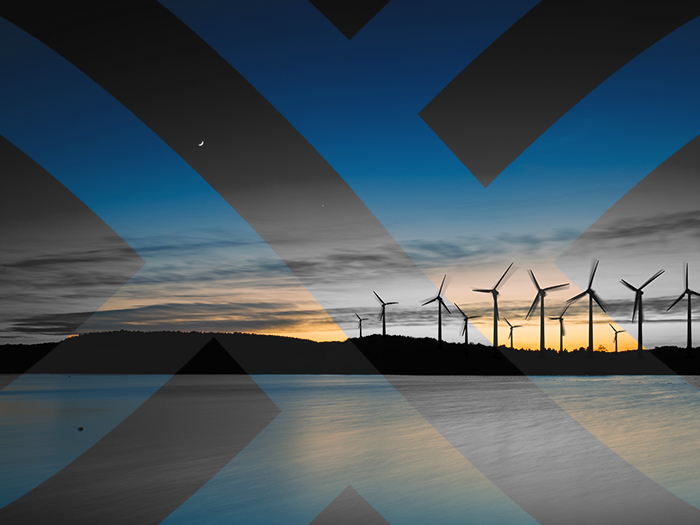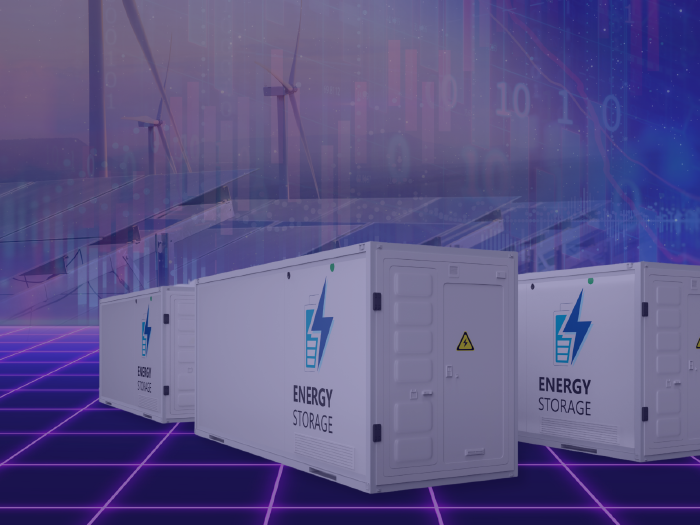News
better business decisions
Posted 1 month ago | 4 minute read
Japan’s New Prime Minister Signals a Return to Nuclear Power – and a Pragmatic Shift in Energy Strategy
Japan has entered a historic new chapter.
On 21 October 2025, Sanae Takaichi became Japan’s first female Prime Minister – a veteran Liberal Democratic Party (LDP) politician known for her conservative principles, fiscal discipline, and no-nonsense leadership style. Her appointment doesn’t just represent a political milestone; it marks a significant turning point for the energy sector, both in Japan and globally.

Takaichi’s early statements make one thing clear: Japan’s energy policy is about to prioritise security, cost stability, and technological self-reliance. For an energy system long shaped by post-Fukushima caution and heavy import dependence, this could reshape investment flows, corporate strategies, and decarbonisation timelines across Asia.
1. Nuclear power returns to centre stage
At the heart of Takaichi’s policy is a renewed emphasis on nuclear power.After more than a decade of hesitation, her administration plans to accelerate reactor restarts and reinforce nuclear generation as a core pillar of Japan’s low-carbon energy mix.
Only 14 of Japan’s 33 operable reactors are currently online. Increasing that number would help reduce fossil-fuel imports, stabilise electricity prices, and ensure reliable baseload supply, critical factors for both households and Japan’s energy-intensive industries. As she noted in her campaign speeches, improving Japan’s energy self-sufficiency rate is central to her agenda. Nuclear power, in her view, is not simply about decarbonisation, but about strategic independence.
2. Renewables: from expansion to selectivity
Takaichi’s stance on renewables reflects what she calls a “realistic” approach.
She plans to limit the use of overseas-manufactured solar panels, particularly those from China, citing supply-chain vulnerability and quality concerns. Instead, investment is expected to focus on strategic innovation ; from next-generation nuclear and fusion research to perovskite solar cells and domestic energy storage solutions.
This “quality over quantity” policy follows her October 4 press conference pledge to “curb dependence on imported materials and create a system that can supply energy independently within Japan.”
3. How it differs from the Ishiba administration
Former Prime Minister Shigeru Ishiba maintained a stronger commitment to renewables and climate transformation. His administration sought to expand geothermal and wind capacity while cautiously restarting reactors.
Takaichi’s has framed Japan’s energy challenge as a national security issue, prioritising industrial competitiveness above green milestones. Her government’s approach continues much of the LDP’s prior policy framework but with a stronger tilt toward self-reliance and supply-chain control, consistent with her repeated emphasis on domestic manufacturing.
4. Implications for Japan’s energy future
If carried out as signalled, Takaichi’s policy direction could have wide-ranging consequences:
- accelerated nuclear restarts could strengthen grid stability and reduce Japan’s dependence on imported fossil fuels. However, public resistance to nuclear restarts, waste management, and safety concerns could delay implementation.
- restrictions on imported solar panels could reshape the supply chain and spur domestic manufacturing
- scaling back of large-scale renewable projects may temper short-term green growth but redirect resources into domestic innovation
- investment in advanced technologies such as AI-driven grid optimisation, fusion, and next-gen energy storage could create new global partnerships and export opportunities
5. The broader message
Takaichi’s plan does not abandon carbon neutrality, it redefines how to reach it. Her strategy leans heavily on engineering and national resilience, yet it risks stalling the momentum of renewable deployment.
Her call for “continuity in energy policy” underlines her intent to preserve Japan’s 2050 net-zero goal, but by following a slower, security-first path rather than an accelerated renewables-first approach.
In other words: Japan’s energy transition remains on track, but the pace car may have just shifted into a lower gear.
GridBeyond’s Take
Nuclear restarts may stabilise supply and prices, yet the reduced momentum behind renewables and flexibility markets could hinder the innovation needed to decarbonise at scale.
At GridBeyond, we believe the energy transition must balance reliability with rapid progress. The technologies exist today; digital optimisation, AI-driven flexibility, and integrated renewables. Japan’s new leadership now faces a choice: treat carbon neutrality as a distant goal, or as a competitive advantage worth accelerating.






